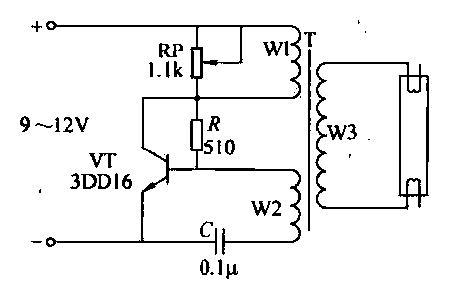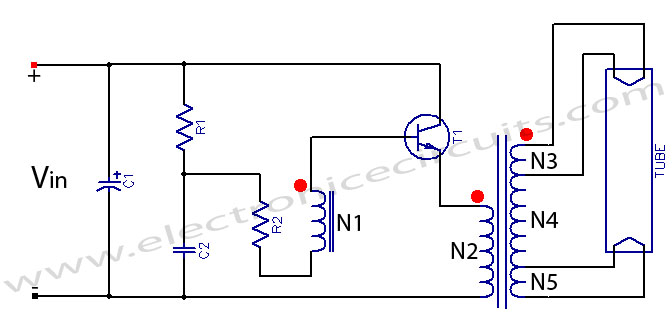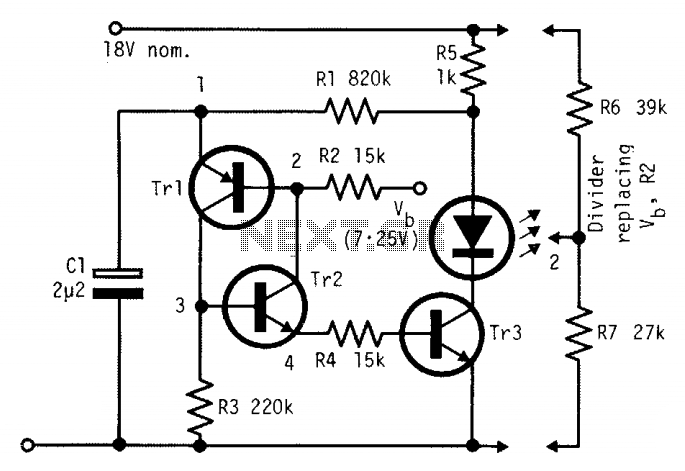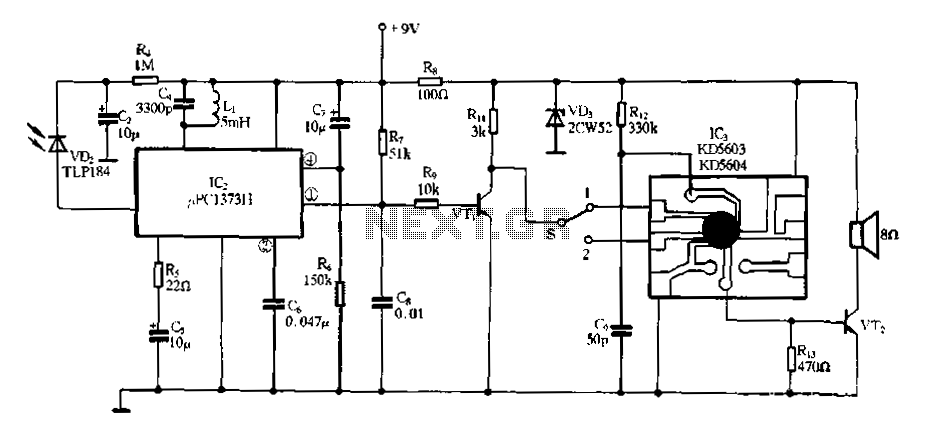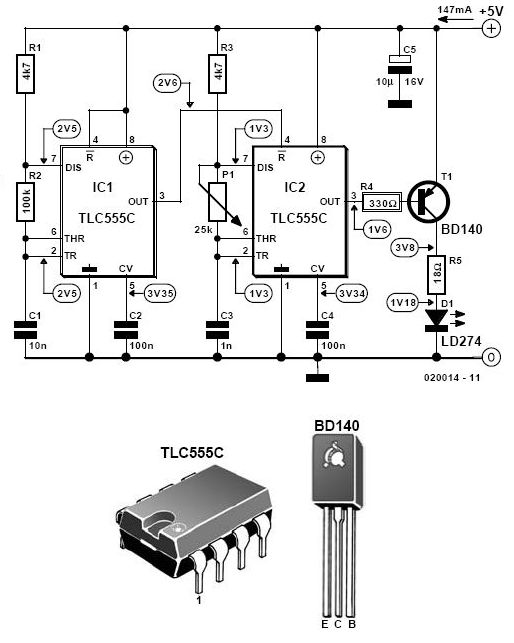
li ion battery charger circuit
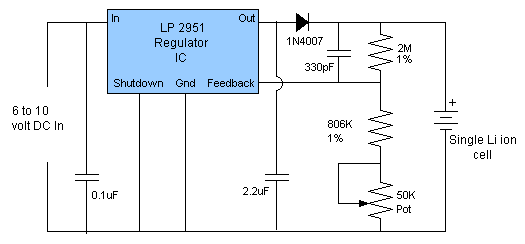
This article describes a circuit for a simple single-cell lithium-ion battery charger utilizing the LP2391 regulator IC.
The circuit presented is designed for charging a single-cell lithium-ion battery efficiently. The LP2391 is a linear voltage regulator that provides a constant output voltage, making it suitable for battery charging applications. The typical charging voltage for a lithium-ion cell is approximately 4.2 volts, and the LP2391 can be configured to deliver this voltage with minimal ripple and noise.
The basic components of the circuit include the LP2391 IC, input and output capacitors, a resistor for setting the output voltage, and a diode for preventing reverse current. The input capacitor is essential for stabilizing the input voltage and reducing noise from the power supply. The output capacitor smooths the output voltage, ensuring a stable charging current to the battery.
Additionally, the circuit may incorporate a temperature sensor to monitor the battery temperature during charging. This feature enhances safety by preventing overheating, which can lead to battery damage or failure. A microcontroller can also be integrated to manage the charging process, providing features such as charge termination and status indication.
Overall, this circuit design provides a reliable and effective solution for charging single-cell lithium-ion batteries, making it suitable for various applications, including consumer electronics and portable devices. Proper layout and component selection are critical to ensure optimal performance and safety in real-world applications.This article describes a circuit of simple single cell li ion battery charger or lithium ion battery charger. Using the LP2391 regulator IC.. 🔗 External reference
The circuit presented is designed for charging a single-cell lithium-ion battery efficiently. The LP2391 is a linear voltage regulator that provides a constant output voltage, making it suitable for battery charging applications. The typical charging voltage for a lithium-ion cell is approximately 4.2 volts, and the LP2391 can be configured to deliver this voltage with minimal ripple and noise.
The basic components of the circuit include the LP2391 IC, input and output capacitors, a resistor for setting the output voltage, and a diode for preventing reverse current. The input capacitor is essential for stabilizing the input voltage and reducing noise from the power supply. The output capacitor smooths the output voltage, ensuring a stable charging current to the battery.
Additionally, the circuit may incorporate a temperature sensor to monitor the battery temperature during charging. This feature enhances safety by preventing overheating, which can lead to battery damage or failure. A microcontroller can also be integrated to manage the charging process, providing features such as charge termination and status indication.
Overall, this circuit design provides a reliable and effective solution for charging single-cell lithium-ion batteries, making it suitable for various applications, including consumer electronics and portable devices. Proper layout and component selection are critical to ensure optimal performance and safety in real-world applications.This article describes a circuit of simple single cell li ion battery charger or lithium ion battery charger. Using the LP2391 regulator IC.. 🔗 External reference
Warning: include(partials/cookie-banner.php): Failed to open stream: Permission denied in /var/www/html/nextgr/view-circuit.php on line 713
Warning: include(): Failed opening 'partials/cookie-banner.php' for inclusion (include_path='.:/usr/share/php') in /var/www/html/nextgr/view-circuit.php on line 713

